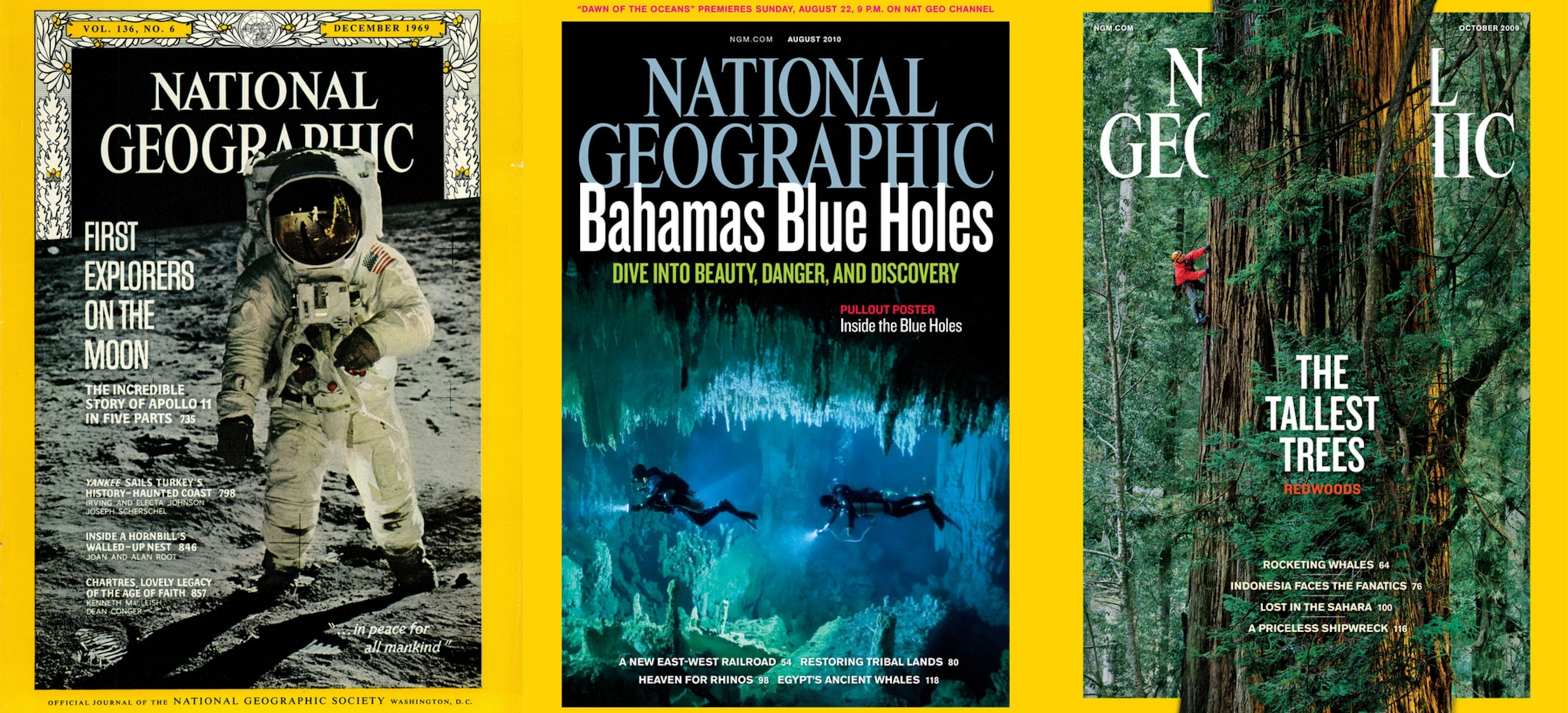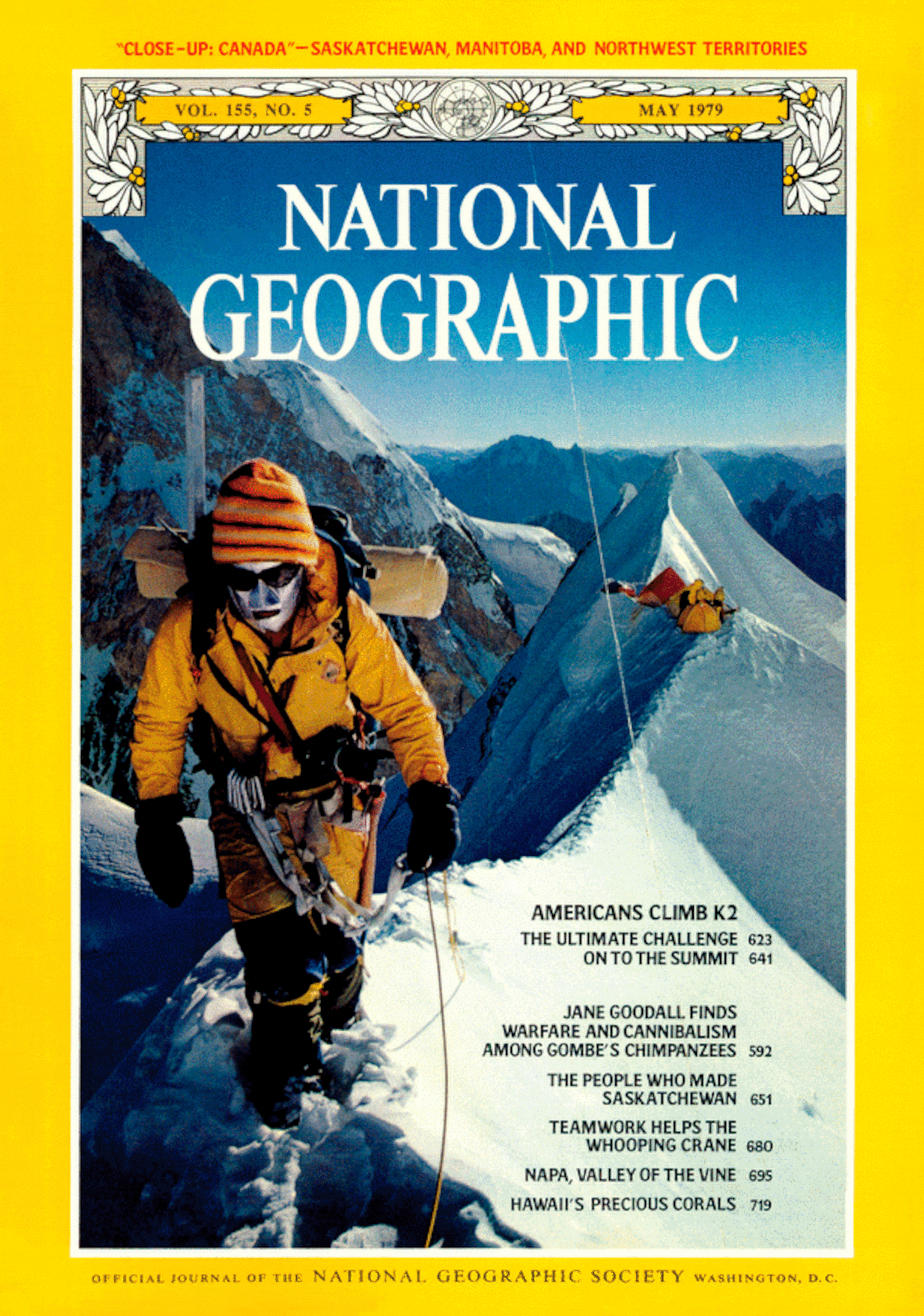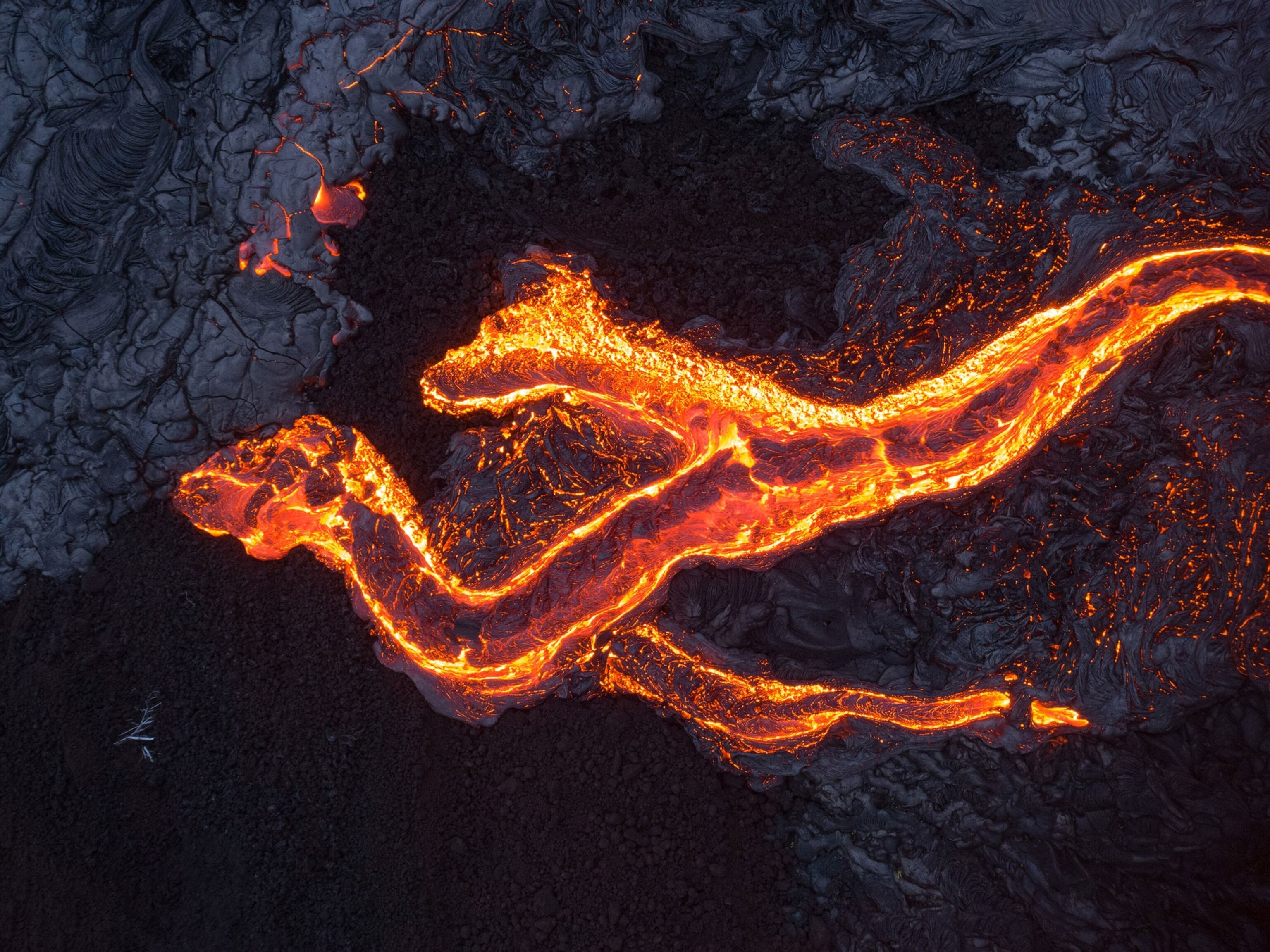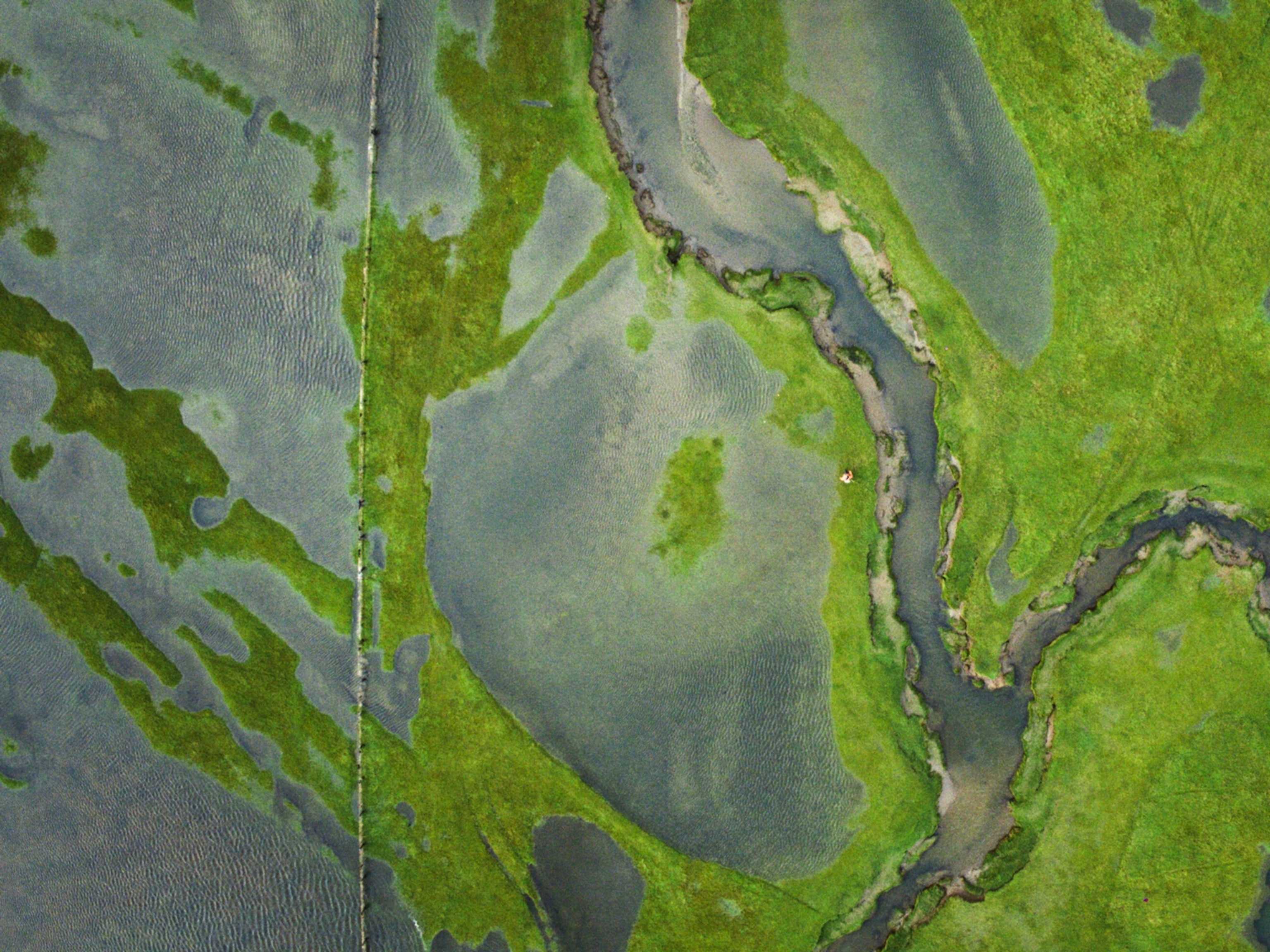
By Air, Land, and Sea: National Geographic Explores Our World
The cover of National Geographic is an invitation. ‘Come look,’ it says. ‘See what wonder the world contains.’”—Chris Johns, former Editor in Chief
The first cover photograph to appear along with the magazine’s classic yellow border was in September 1959, of a U.S. Navy fighter jet. Since then, the cover images have brought readers to every continent, to the ocean depths and into space as part of the magazine’s acclaimed storytelling. National Geographic’s new book, The Covers, continues this journey with backstories about the subjects and the photographers.
We have combed through over 600 illustrated covers to bring you gems that caught our eye in categories we are known for: people and culture, exploration, and animals. So far we’ve featured some of the classically cool women who’ve appeared on the cover, as well as the daring dudes. This week we take you on a journey to the surface of the moon, the peak of a frozen mountain, and to the deepest reaches of an underwater cave. Enjoy the trip!
*****


Top row, left to right:
December 1969. Buzz Aldrin peers at a checklist on his left glove while standing on the lunar surface. This photo was taken with a special Hasselblad 500 EL Data Camera that was mounted via a bracket on Neil Armstrong’s chest. The camera was left behind on the moon, while the image, made on a 70mm Ektachrome frame, returned to Earth with nine film magazines. Photograph by Neil Armstrong
May 1979. Rick Ridgeway wears a metal mask to deflect sun and cold while climbing K2 between Pakistan and China. Ridgeway was part of the first American team to summit the “savage mountain,” previously only summited by Italian and Japanese teams. Photograph by John Roskelley
March 1991. A spelunker explores the wonders of Lechuguilla—one of America’s deepest caves. Photographer Michael Nichols dragged his cameras and six battery-powered flashes for more than a day to reach this chamber, and took another full day to set them up. He got two good exposures—one horizontal and one vertical—amazingly achieving this cover shot. Photograph by Michael Nichols
February 1966. A caver explores an ice cavern created by melting water in the Greenland ice sheet. Photograph by Carsten Peter
Bottom row, left to right:
September 1999. The Breitling Orbiter 3 soars over the Swiss Alps, embarking on the first nonstop balloon flight around the world. Photograph by Breitling Sa
October 2009. The first photograph a California giant Redwood tree, fully captured from base to crown. The 300-foot tree was at least 1,500 years old. The feat took months of planning, three weeks to execute, and was accomplished by rigging a camera on a rope-and-pulley system suspended between nearby trees. The best 84 images were then stitched together to make a single picture. Photograph by Michael Nichols
August 2010. Framed by submarine stalactites and stalagmites, divers swim through the Cascade Room, a chamber found 80 feet beneath the surface of Dan’s Cave on Abaco Island in the Bahamas. The month this photo appeared on the cover, photographer Wes Skiles died while on an underwater assignment in Florida. Photograph by Wes C. Skiles
May 2011. Alex Honnold faces outward from Thank God Ledge on Yosemite’s Half Dome. The photographer was hanging 3,000 feet in the air to make this image. Photograph by Jimmy Chin
*****
National Geographic’s new book The Covers: Iconic Photographs, Unforgettable Stories is available for purchase here.
Related Stories:
• Leading Ladies: The Women of National Geographic
• Fellows in Yellow: The Men of National Geographic





